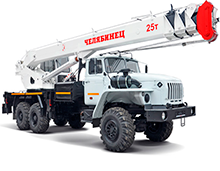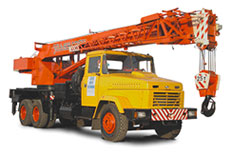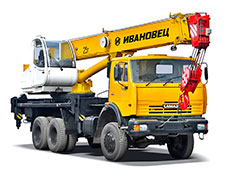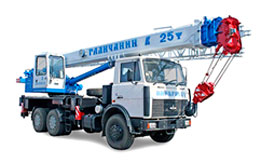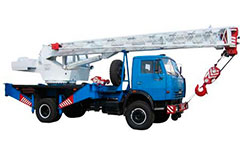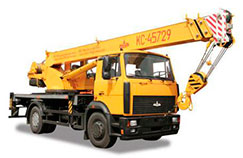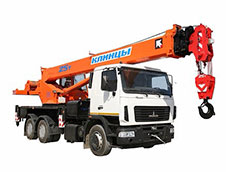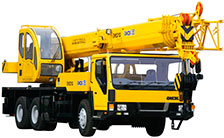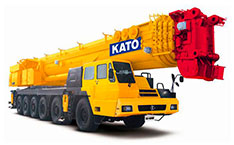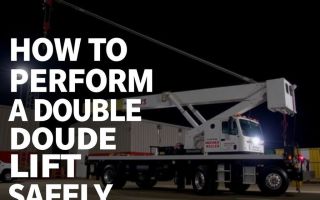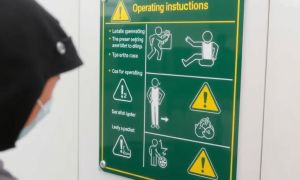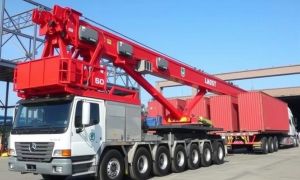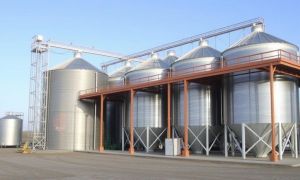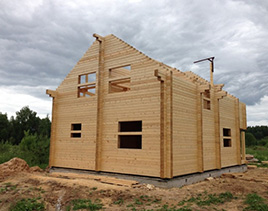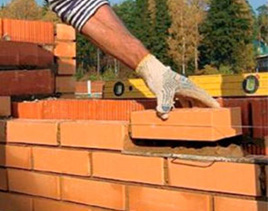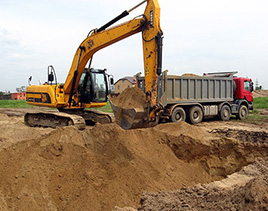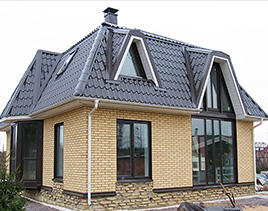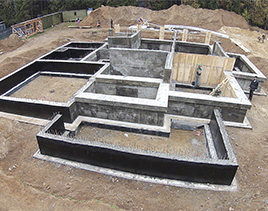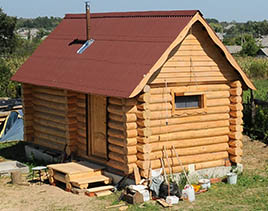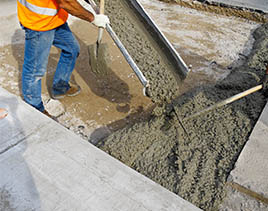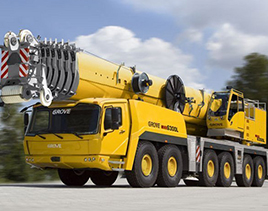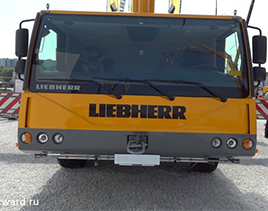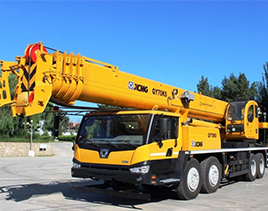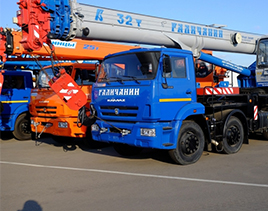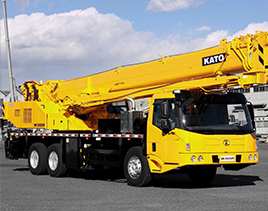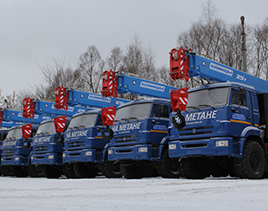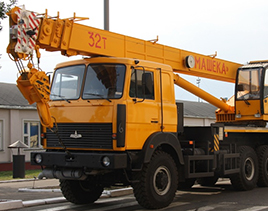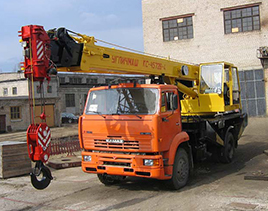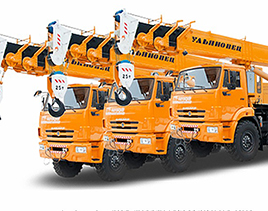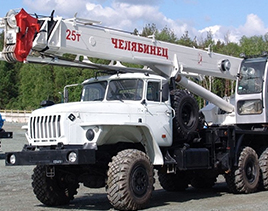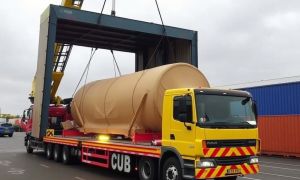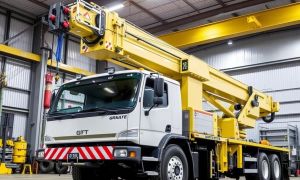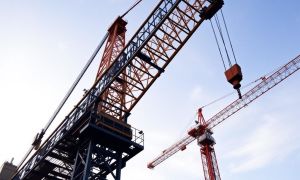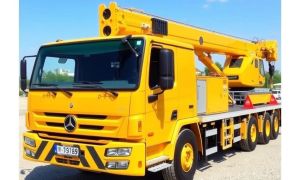Performing a double crane lift is a complex but necessary task for many heavy lifting projects. Whether you are lifting massive machinery, large steel structures, or oversized equipment, using two cranes simultaneously can help distribute the load and increase safety—when done correctly. However, it also comes with risks that must be managed carefully. This article walks you through everything you need to know about how to perform a double crane lift safely, from planning and coordination to execution and post-lift considerations. If you’re involved in rigging, crane operation, or construction management, understanding these steps will ensure a smooth and accident-free operation.
Understanding the Basics of a Double Crane Lift
Before diving into the how-to, it’s important to understand what a double crane lift really entails. As the name suggests, it involves using two cranes to lift a single load. This method is often required when the weight or size of the load exceeds the capacity of one crane, or when the load’s dimensions and balance require multiple points of lift for stability. Double crane lifts enable operators to handle awkward or bulky items without risking damage or overloading a single crane.
The key to success is recognizing that this isn’t just two separate cranes doing their own thing simultaneously. Instead, it demands precise coordination and communication between the crane operators, rigging crew, and project supervisors. The entire setup must be carefully engineered and inspected beforehand to avoid accidents or equipment failure.
Why Use Double Crane Lifts?
There are several reasons teams opt for double crane lifts:
- Capacity Requirements: For exceptionally heavy loads exceeding a single crane’s rated capacity, two cranes sharing the load is essential.
- Load Dimensions: Loads with large or uneven shapes often require two points of lift for proper balance and control.
- Limited Crane Reach: Sometimes the task site limits the available space or reach for one crane, making two cranes necessary to maneuver safely.
- Redundancy and Safety: Using two cranes can add an extra margin of safety when carefully planned and executed.
However, these benefits come with responsibilities. Both cranes must be synchronized precisely because any imbalance could create dangerous forces, such as tipping, swinging, or excessive strain on rigging gear.
Step 1: Planning Your Double Crane Lift
The cornerstone of a safe double crane lift is thorough planning. Jumping directly to the lift without an extensive plan puts people, equipment, and materials at risk. Here’s what you should focus on during this critical phase:
Assess the Load
Start with a detailed evaluation of the load: its weight, shape, center of gravity, and any fragile or delicate components. Understanding the load’s dimensions will help determine how the load should be lifted and where slings or rigging points should be attached.
Select the Right Cranes
Ensure that both cranes have the appropriate lifting capacity, reach, and configuration for the job. You should select cranes with compatible operational speeds and controls to maintain smooth coordination during the lift.
Calculate Load Sharing
Load sharing between the two cranes must be carefully calculated. It is rarely a 50/50 split; based on the load’s balance and the crane positions, one crane may carry more weight than the other. Use engineering software or consult a qualified engineer to determine exact load distribution.
Design the Rigging Plan
Rigging design is crucial for double crane lifts. The rigging must ensure the load remains level and stable as it moves. Make sure the rigging hardware (slings, shackles, spreader bars) is rated for the combined load and arranged symmetrically.
Develop a Lift Plan Document
Document every detail of the lift including crane specs, rigging plans, roles and responsibilities, communication methods, emergency procedures, and restrictions. This plan will be your guide and safety checklist before and during the lift.
Step 2: Preparing the Site for the Double Crane Lift
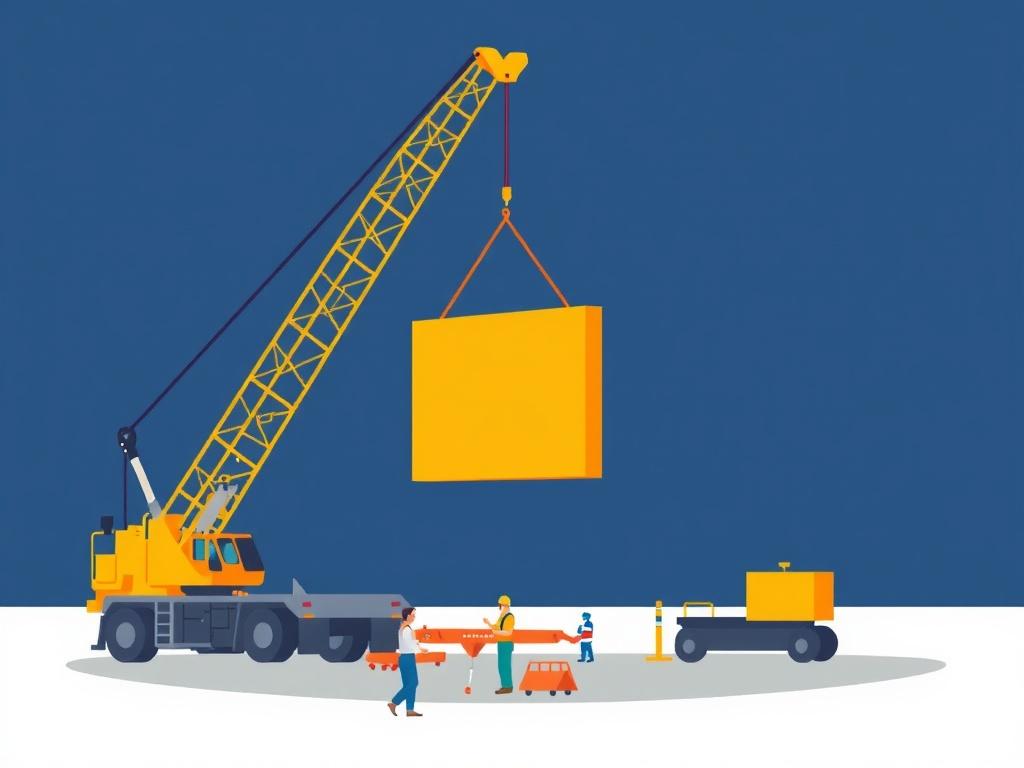
Preparation of the lift site is as important as crane selection and planning. Unsafe or unstable ground, poor visibility, or obstacles can complicate even the best-planned lifts.
Inspect the Ground and Terrain
Ensure the ground is firm, level, and free of debris or hazards. For large cranes, use crane mats or wood pads to distribute weight and prevent sinking or tipping.
Clear Obstructions
Remove any equipment, vehicles, or materials in the lift area that could interfere with crane movement or rigging setup. Make sure the path for crane maneuvering and load travel is clear.
Establish Safety Zones
Set up barriers and signage to keep unauthorized personnel out of the hazard zone. This ensures that only trained and essential workers are in the vicinity during the lift.
Check Weather Conditions
Wind, rain, and visibility greatly affect crane operations. Confirm that conditions meet safe operating limits for your cranes and the double crane lift procedure. Reschedule if necessary.
Step 3: Rigging and Synchronizing the Cranes
Rigging is the heart of any lift—and it gets even trickier with two cranes working in tandem. Operators and riggers must be meticulous.
Attach Slings and Rigging Equipment
Connect all rigging components according to the lift plan. Use tag lines to control load movement and prevent swinging. Double-check that shackles, hooks, and slings are free from damage and correctly rated.
Synchronize Crane Controls
Communication between crane operators is vital. Some cranes can be electronically synchronized, but often coordination is manual via radios or hand signals.
Perform a Test Lift
Lift the load just a few inches to test balance and stability. Check for any signs of uneven load sharing or unexpected movement. Make adjustments immediately if needed.
Step 4: Conducting the Lift Safely
When everything is set, it’s time for the actual lift—but don’t rush this stage. Patience and vigilance here prevent accidents.
Maintain Constant Communication
Crane operators, riggers, and supervisors must communicate clearly and continuously throughout the lift. Use agreed-upon signals or radios. Confirm every movement before proceeding.
Lift Slowly and Evenly
Smooth, steady lifting reduces the risk of load swings or unexpected forces. Avoid sudden jerks or fast movements.
Monitor Crane and Load Behavior
Watch for any unusual noises, crane boom deflections, or movement from the load. Be ready to halt operations immediately if anything seems off.
Plan the Load’s Travel Path
Coordinate movement to avoid obstacles, overhead power lines, or uneven terrain. Both cranes should move in unison to keep the load stable.
Step 5: After the Lift
Even after successfully placing the load, your job isn’t done. A good debrief and inspection ensure safety continuously improves.
Lower the Load Safely
Use the same cautious approach to lower the load to its final resting place. Avoid sudden drops or shifts.
Inspect Rigging and Equipment
Check slings, hooks, and crane components for wear or damage caused during the lift. Repair or replace anything necessary before the next use.
Review the Lift with the Team
Hold a debriefing session to discuss what went well and what could be improved. Document lessons learned for future double crane lifts.
Common Risks and How to Avoid Them
A double crane lift involves more risk than single crane operations. Awareness and mitigation are critical.
| Risk | Description | How to Avoid |
|---|---|---|
| Imbalanced Load | Unequal load sharing causes instability or tipping. | Thorough load analysis and synchronized crane operation. |
| Poor Communication | Misunderstood signals lead to accidents. | Define clear communication methods and test them during planning. |
| Equipment Failure | Slings or crane components failing under load. | Regular inspection and using rated equipment above required limits. |
| Ground Instability | Crane tipping due to soft or uneven ground. | Ground prep with cribbing, pads, and removing hazards. |
| Unexpected Weather | Wind or rain affecting load control. | Monitor weather and pause lifts during unsafe conditions. |
Best Practices for a Safe Double Crane Lift
- Always involve a qualified engineer for lift planning and load calculations.
- Train all personnel involved in rigging and communication protocols.
- Use cranes of similar size and capability, if possible, for better coordination.
- Continuously monitor load and crane status during the lift to detect problems early.
- Never exceed the rated capacities of cranes or rigging components.
Essential Equipment Checklist for Double Crane Lifts
Before starting, make sure you have the right tools ready:
| Equipment | Purpose | Safety Notes |
|---|---|---|
| Two Cranes with Adequate Capacity | Lift and maneuver the heavy load safely. | Ensure certification and maintenance records are current. |
| Rated Slings and Shackles | Attach load to crane hooks securely. | Inspect for wear and never use damaged rigging. |
| Spreader Bars or Lifting Beams | Distribute the rigging forces evenly across the load. | Ensure correct sizing and capacity. |
| Communication Devices (Radios) | Maintain clear contact between operators and riggers. | Test functionality before the lift. |
| Tag Lines | Control swinging of the load during lift movement. | Handled by trained riggers. |
Training and Certification Considerations
Because of its complexity, double crane lifting requires skilled operators and riggers. Employers should ensure:
- Operators have certifications matching crane type and class.
- Riggers understand multi-crane lifting principles and safety.
- All personnel complete site-specific safety briefings.
- Emergency response plans are well understood and rehearsed.
Innovations and Technologies Improving Double Crane Lifts
The construction and heavy lifting industries continuously evolve. Recent technologies are helping make double crane lifts safer and more efficient.
Load Monitoring Systems
Modern cranes can be equipped with load moment indicators. These devices provide real-time feedback on load distribution and crane stress, helping operators maintain balance.
Synchronization Software
New software tools can assist in coordinating crane movement automatically, reducing the reliance on manual communication and decreasing the chance of operator error.
Remote Controls and Cameras
Using remote crane operation and camera systems gives operators better visibility and control during complex lifts.
Common Mistakes to Avoid in Double Crane Lifting
Knowledge of common pitfalls can keep your lift on track:
- Avoid skipping the detailed lift plan or failing to involve engineers early on.
- Don’t underestimate the importance of communication—assume nothing.
- Never ignore equipment inspections or attempt to use worn rigging gear.
- Don’t rush the lift; patience saves lives.
Conclusion
Performing a double crane lift safely requires meticulous planning, coordination, and communication. It isn’t simply about having two cranes; it’s about making them work as a synchronized team to handle heavy, complex loads. From carefully assessing the load and selecting the right equipment to preparing the site and maintaining constant communication during the lift, every step matters. By following these detailed guidelines, utilizing proper training and equipment, and learning from past lessons, you can reduce risks and successfully complete double crane lifts without incident. Remember, safety and precision are your best tools for conquering heavy lifts with confidence.

